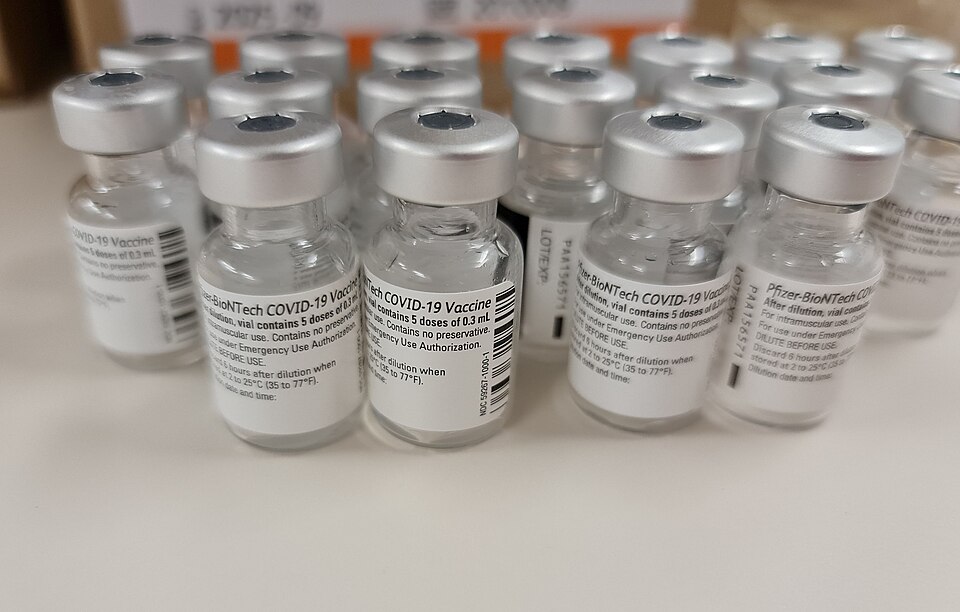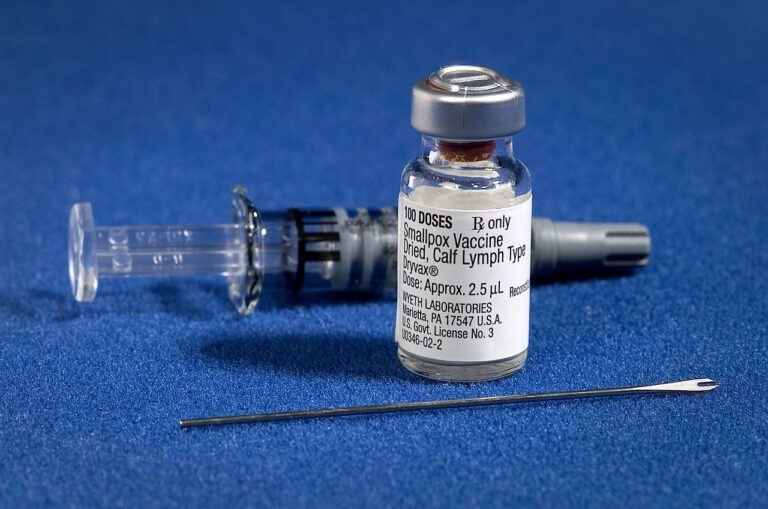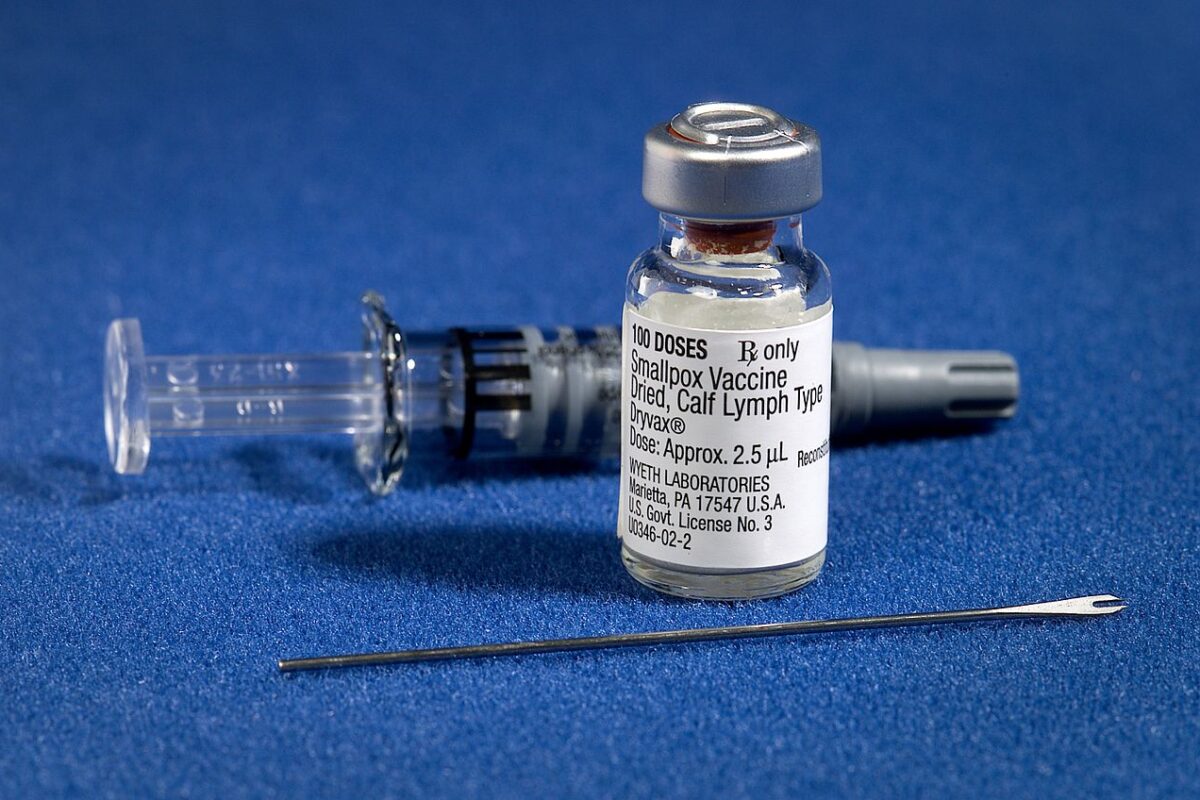Introduction by Guy Glass
It is my honor to introduce a contribution from the legendary Stanley Plotkin, a world-renowned vaccine pioneer who is emeritus professor of pediatrics at the University of Pennsylvania.
I met Stan not through the medical community, but through his patronage of local arts groups in my rural community. He is so unassuming, I had no idea he had been the developer of the rubella vaccine. Today Stan continues to be active and prolific. Even now he is frequently quoted by The New York Times regarding his expertise.
MedHum is greatly privileged to have a original piece from Dr. Stanley Plotkin.
Vaccination in Danger
Stanley A. Plotkin, MD

The modern world is full of inexplicable conflicts. As one who has spent my life developing vaccines against infectious diseases it is puzzling to see the growing opposition to vaccination, which in the United States and other developed countries have eliminated or limited diseases that once decimated populations. I am old enough to remember as a child the deaths of other children, and indeed as a child I suffered three serious infectious diseases, one of which caused temporary paralysis of my face.
Later in life, I graduated medical school and became an intern at a large metropolitan hospital in Cleveland. One of the common infections I saw in children was due to a bacterium called Hemophilus influenzae type B, which causes meningitis and epiglottitis (swelling of the structure at the top of the trachea that leads to the lungs). I treated those infections with antibiotics, but that succeeded best if the illnesses were in early stages. I remember one night on duty when a 3-year-old gasping for air was brought in to the Emergency Room by his father. The child had been put to bed that evening appearing to be healthy, but became ill hours later. I rushed into the room ready to help but in seconds, before I could do anything, the child died before my eyes. I will not forget the anguish of his father, or the anguish of other parents I saw whose children were ill with infections. Owing to the later development and employment of a vaccine against H. influenzae type B, the disease has disappeared from the United States.
In part, the current opposition to vaccines can be attributed to the absence of these diseases they cause, which makes people feel invincible, and in part to a society in which communication of lies and fabrications is easy and rife. Modern communication allows dissemination of arguments based on fabrications to masquerade as facts, and to allow some to profit from those fabrications. Another example of a foolish approach to the issue of vaccination is the attempt by the current administration to break up the measles-mumps-rubella vaccine into three separate injections, despite years and years of safe use of the MMR vaccine that has dramatically controlled those diseases. The effects on public health will be awful.
Although there is no easy way to deal with this situation, I have long thought that including education in statistics for all school children would be one useful step, so that they understand the relations between risk and benefit when they become adults. The fact of the matter is there is no choice in life that is without risk. The question is what is the ratio of risk to benefits in making that choice? All statistical analyses show that vaccination has little risk and great benefit, so why should we let lies about vaccination prevail?

All licensed vaccines go through a process involving 5 Phases: Phase 1 involves testing a vaccine in a small number of people. Phase 2 involves increasing the number to several hundred. Phase 3 involves thousands of vaccinees, compared to a group of placebo recipients, checking for safety and efficacy of the vaccine. Phase 4 is after licensure, when observations are accumulated in millions of vaccinees. Phase 5 involves collection and analysis by CDC and potentially other organizations of reports by physicians about safety and efficacy of the vaccine.
Obviously, if a reaction to a vaccine is frequent, that will be detected in the first three phases. If a reaction is uncommon but significant, it will be detected in phase 4. (Actually, a vaccine against rotavirus, an important cause of infantile diarrhea, dehydration, and death, was taken off the market because of phase 4 findings, to be replaced by a safer vaccine developed in my lab.) The problem is that when millions are being vaccinated, bad things are certain to happen by chance. The question then is are they caused by the vaccine? The answer to that question can only be ascertained by careful study, not by jumping to conclusions.
About Stanley A. Plotkin, MD
Dr. Stanley A. Plotkin is Emeritus Professor of the University of Pennsylvania. Until 1991, he was Professor of Pediatrics and Microbiology at the University of Pennsylvania, Professor of Virology at the Wistar Institute and at the same time, Director of Infectious Diseases and Senior Physician at the Children’s Hospital of Philadelphia. For seven years he was Medical and Scientific Director of Sanofi Pasteur, based at Marnes-la-Coquette, outside Paris. He is now consultant to vaccine manufacturers and non-profit research organizations.
He is a member of the Institute of Medicine of the National Academy of Sciences and the French Academy of Medicine. His bibliography includes over 900 articles and he has edited several books including the textbook “Vaccines.” He developed the rubella vaccine now in standard use throughout the world, is codeveloper of the pentavalent rotavirus vaccine, and has worked extensively on the development and application of other vaccines including anthrax, oral polio, rabies, varicella, and cytomegalovirus.
Web image from Wikicommons












